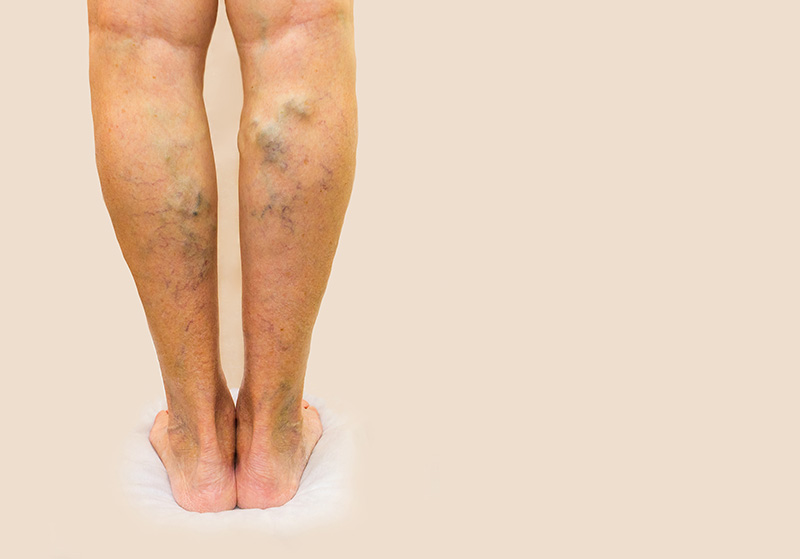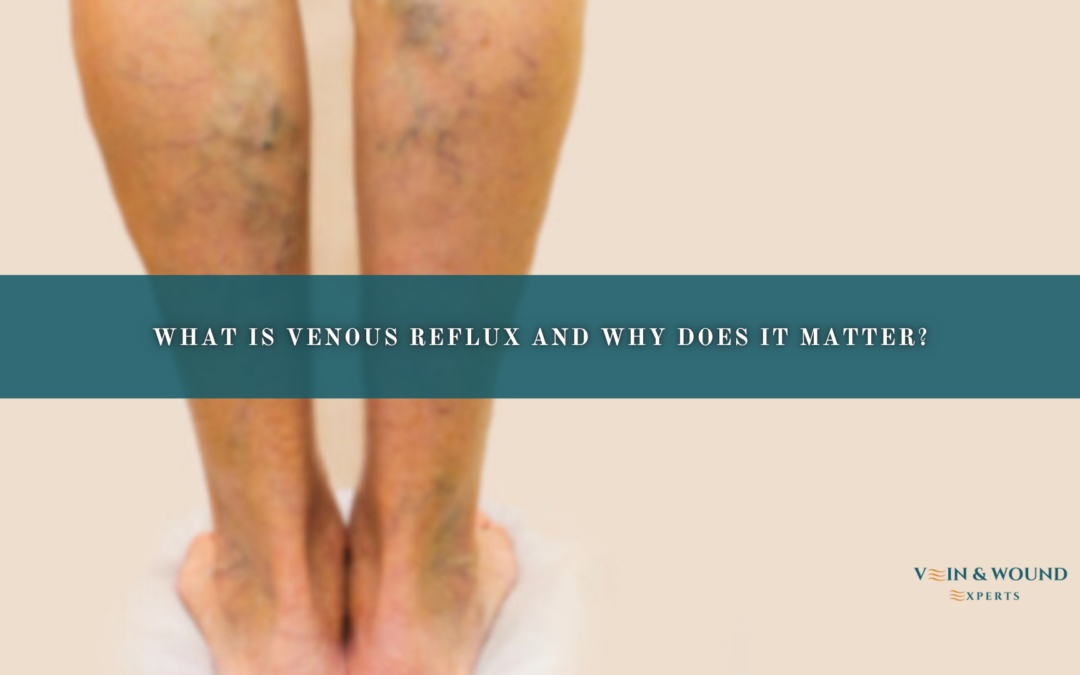💡 What Is Venous Reflux and Why It Matters

Venous reflux is a common but often overlooked condition that can cause significant discomfort and long-term complications. Also known as venous reflux disease, it occurs when the veins in the legs are unable to return blood to the heart efficiently, leading to various symptoms, including leg swelling and discomfort.
🦵 What Is Venous Reflux?
Venous reflux happens when the veins in the legs are unable to properly carry blood back to the heart. This is caused by vein valve failure, where the valves in the veins—meant to prevent backward blood flow—become weakened or damaged. When this happens, blood flows in the wrong direction, causing congestion in the veins. The increased pressure causes veins to stretch, leading to visible veins and discomfort.
Venous reflux is commonly associated with chronic venous insufficiency, a condition in which the veins cannot pump blood effectively against gravity, especially in the lower legs. This leads to blood pooling, swelling, discomfort, and visible veins.
📸 Symptoms of Venous Insufficiency

Symptoms can range from mild to severe. Common signs include:
-
Leg swelling (often worse at the end of the day or after prolonged standing)
-
Varicose veins or enlarged veins visible on the skin
-
Heaviness or aching in the legs
-
Skin discoloration or changes in texture
-
Itching or burning sensations in affected areas
-
In severe cases, skin ulcers or sores near the ankles
⚖️ Causes and Risk Factors
Venous reflux is mainly caused by valve dysfunction in the veins, but several factors increase the risk:
-
Age: Valve efficiency often decreases over time
-
Pregnancy: Increased blood volume adds pressure to veins
-
Obesity: Extra weight strains the circulatory system
-
Prolonged standing or sitting: Affects blood return flow
-
Genetics: A family history of vein issues raises risk
🩺 How Is Venous Reflux Diagnosed?
If you experience symptoms of venous reflux, seek medical attention. Diagnosis usually includes:
-
Physical examination: Doctors check for visible signs like varicose veins and swelling
-
Duplex ultrasound: A non-invasive test that shows how blood flows in your veins and identifies faulty valves or blockages
This quick and painless test provides essential insight into your vein health.
🛠️ Treatment Options for Venous Reflux

Treatment depends on the severity of the condition:
Lifestyle changes (for mild cases):
-
Compression stockings to support blood flow
-
Leg elevation to reduce pressure
-
Exercise to promote circulation
Medical procedures (for moderate to severe cases):
-
Sclerotherapy: Injection that collapses affected veins
-
Laser therapy: Seals off problematic veins
-
Vein stripping: Surgical removal of large varicose veins
-
Endovenous Laser Therapy (EVLT): A minimally invasive laser treatment
💪 Preventing Venous Reflux and Managing Symptoms
While not always preventable, you can take steps to reduce your risk and relieve symptoms:
-
Avoid long periods of standing or sitting
-
Maintain a healthy weight
-
Exercise regularly (walking, cycling, swimming)
-
Use compression stockings
👩⚕️ When to Seek Medical Help
If you notice persistent leg swelling, discomfort, or visible varicose veins, consult a healthcare provider. Early diagnosis and treatment help prevent serious complications such as ulcers or blood clots—and improve your overall quality of life.
Andy Sharify
Position
